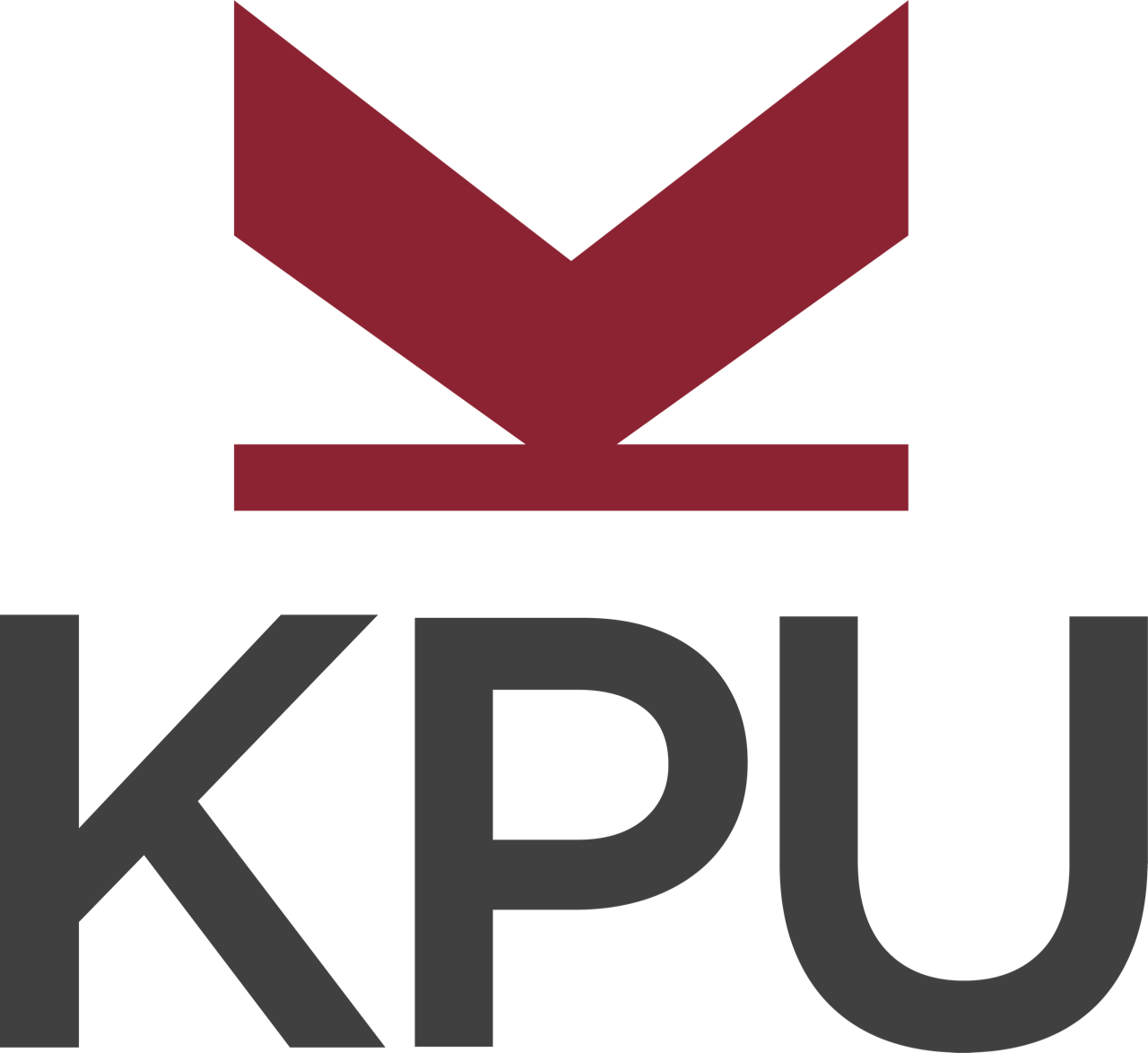Chapter 2 – Program Currency & Connections
This chapter assesses the program’s competitiveness as well as its connections with its advisory board, the discipline/sector, other academic units, and the community (as applicable). It also assesses student demand for the program.
2.1. Competitive Context
(Academic calendars and websites of similar programs)
- Provide a brief comparison of similar programs in the Province.
- Comment on how KPU’s program is unique relative to the comparison programs
2.2. Program’s Connections to its Advisory Board
(advisory board meeting minutes)
- Describe and assess the program’s connections to its advisory board (include information on the board’s composition, specifically noting the organizations/employers/perspectives represented, frequency of meetings and whether this is adequate for the program’s needs, board recommendations and how these were acted upon).
- Determine if these connections are appropriate or if changes are required.
- If your program does not have an advisory committee, please explain the rationale for not having one in place.
2.3. Program’s Connections to the Industry/Discipline and Alumni
(Alumni Survey Report and Industry/Discipline Survey Report; consultation notes and meeting minutes with discipline/sector representatives and alumni; relevant reports and publications):
- Describe and assess how the program maintains connections with the industry/discipline (including professional organizations, accreditation/licensing bodies, potential employers, etc.) to meet its needs and expectations.
- Describe and assess how the program maintains connections with alumni. Describe and assess the industry/discipline’s perception of the program and its alumni.
- Determine if connections to the industry/discipline and alumni are appropriate or if changes are required.
2.4. Program’s Connections to Other KPU Academic Units
(BCCAT; curriculum meeting notes; consultation notes; Faculty Survey Report)
- Describe and assess program overlaps with other KPU departments (where applicable, include information on the nature of and rationale for the overlap, shared program resources, and service courses offered by other departments).
- Determine if current KPU overlaps are appropriate for the program or if they indicate a need for program changes.
2.5. Program’s Articulation and Credential Recognition Processes
(BCCAT; curriculum meeting notes; consultation notes with receiving/granting institutions; Faculty Survey Report):
- Describe and assess articulation and credential recognition processes by evaluating the clarity, consistency, practicality, and educational merit of the following:
- Criteria and practice for receiving/granting transfer credit for equivalent courses completed at sending institutions;
- Criteria and practice for receiving/granting credit based on prior learning assessment;
- Articulation agreements for courses completed in this program to be granted credit/received by other institutions;
- Need for and plans to establish further articulation agreements.
- Determine if current accreditation and credential recognition processes are appropriate for the program or if they indicate a need for program changes.
2.6. Program’s Public Information and Community Outreach
(Alumni Survey Report, Industry/Discipline Survey Report, Faculty Survey Report and Student Survey Report; program information materials and website)
- Describe and assess processes for providing information about the program to external groups (e.g., potential employers, service groups, community groups, etc.)
-
- beyond work done by KPU Marketing.
-
- Describe and assess processes for providing information about the program to potential students and parents – beyond work done by KPU Marketing.
- Determine if current public information and community outreach practices are appropriate for the program or if they indicate a need for outreach change.
2.7. Student Demand for the Program
(enrolment, enrolment comparisons, seat, waitlist and demographic data provided by OPA in the Internal Data Report; Student Survey Report)
- Provide assessment of enrolment, seat and waitlist trends in the last five years. If demand is declining, describe the causes and explain how they can be addressed. If there are factors limiting the program’s ability to meet demand, describe them.
- Describe and assess the demographic profile of enrolled students. Where applicable, identify demographic changes or underrepresented demographic groups. If there are factors that limit the program’s ability to attract more diverse demographic groups, describe them.
- Compare enrolment trends at KPU with that of other institutions. Describe students’ reasons for choosing the program.
NOTE
In chapter 7, (Summary and Recommendations section), address the following
- Based on this evidence, summarize relevant program strengths and, where appropriate, provide recommendations for improving the following:
- Connections to the advisory board;
- Connections to the industry/discipline;
- Connections to the other KPU programs;
- Articulation and credential recognition processes;
- Public information and community outreach strategies;
- Student demand for the program.

